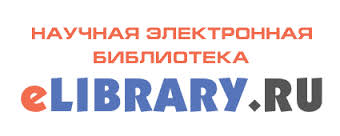The Image of Death in the Texts of the Ket Linguoculture
Abstract
Oleg A. Alexandrov (Tomsk, Russian Federation)
A fragment of the linguistic view of the world of the Kets, a minority ethnos, whose language is going through a period of shift, is reconstructed. The category of mortality is implicated on the basis of vocabulary united by the meanings “death”, “to die”. Through the analysis of contexts, including this vocabulary, the peculiarities of the linguistic representation of ideas about the category of death are revealed and cognitive-figurative models that order these representations are identified.
As a result of the study, it is found that metaphorization and description of visual signs in the Ket language act as key mechanisms for the linguization of the phenomenon of death, and the meanings expressed in discourse reveal an ambivalent and antinomic character. Along with such metaphors as “eternal sleep,” “withdrawal into another world,” the Ket discourse of death also contains direct descriptions of objective ones, i.e. visible manifestations of the category under discussion - cessation of breathing, inability to move, etc. An analysis of the Ket discourse of death indicates that the belief in the immortality of the soul and the other world, expressed in it, is intended to neutralize the fear of death. On the other hand, plots are revealed that express the possibility of struggle and victory over death. This indicates that death is understood as an undesirable, frightening phenomenon that opposes the successful course of a person’s life events.
Key words: Ket language, linguistic view of the world, image of death, discourse, metaphor.
DOI 10.18522/1995-0640-2021-2-29-38
Downloads
Published
How to Cite
Issue
Section
License
Authors who publish with this journal agree to the following terms:
- Authors retain copyright and grant the journal right of first publication with the work simultaneously licensed under a Creative Commons Attribution License that allows others to share the work with an acknowledgement of the work's authorship and initial publication in this journal.
- Authors are able to enter into separate, additional contractual arrangements for the non-exclusive distribution of the journal's published version of the work (e.g., post it to an institutional repository or publish it in a book), with an acknowledgement of its initial publication in this journal.
- Authors are permitted and encouraged to post their work online (e.g., in institutional repositories or on their website) prior to and during the submission process, as it can lead to productive exchanges, as well as earlier and greater citation of published work (See The Effect of Open Access).


















